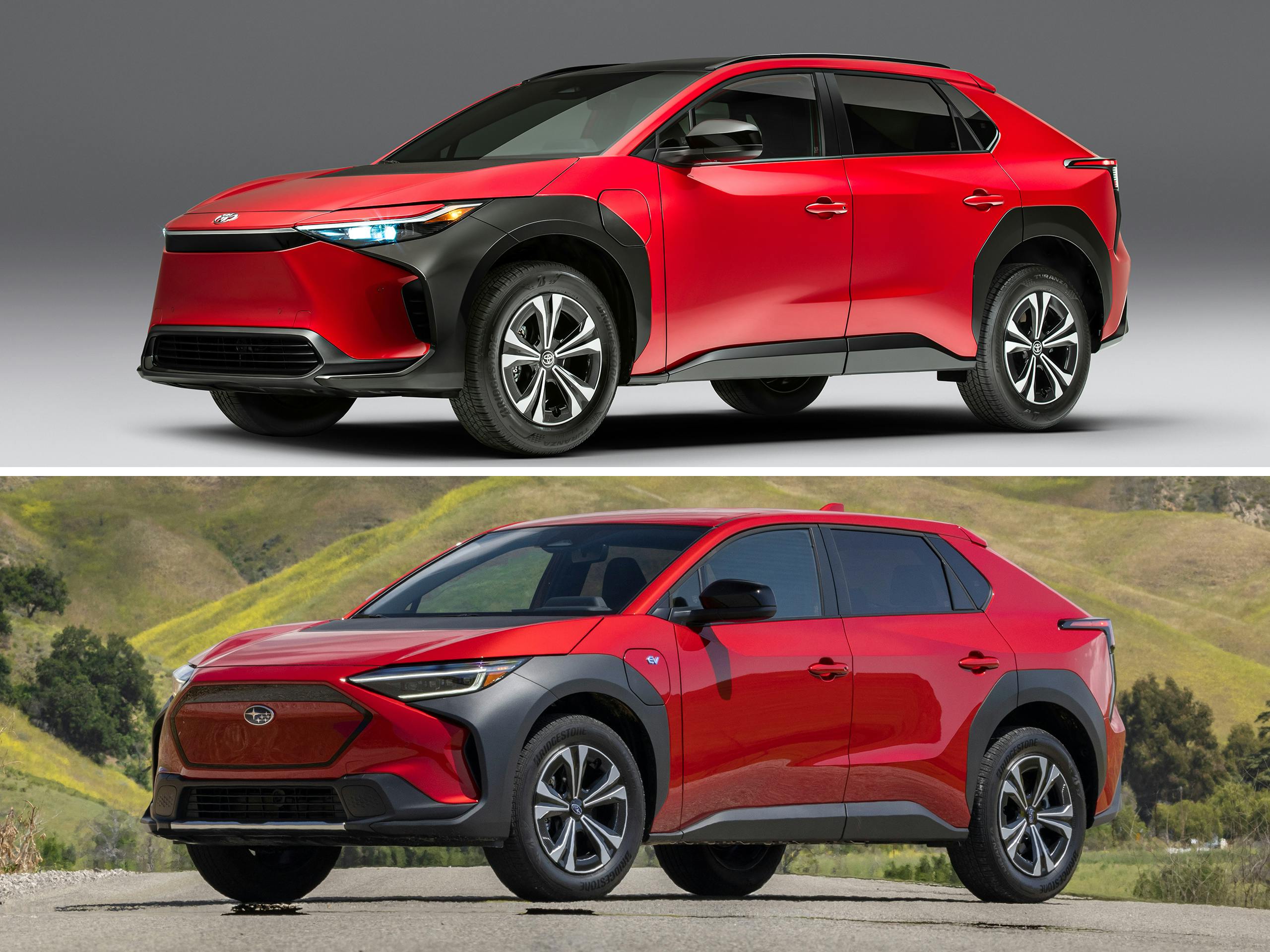A surge in EV demand is sending automakers to the altar

Strange shotgun marriages happen in the cylinders of engines due to the intense heat and pressure of internal combustion. For example, nitrogen and oxygen are not naturally attracted to each other, chemically speaking, but they are thrown together by the detonation of fuel to produce oxides of nitrogen. Likewise, carbon and oxygen get it on during the explosion to form carbon monoxide and carbon dioxide.
Unusual pairings are also happening in the auto industry these days. Under intense pressure to increase electric vehicle output this decade, car companies hope to save money by sharing the multibillion-dollar costs of converting to electrification. In what is likely the biggest deal yet, General Motors and Honda announced back in 2020 that they would couple up to develop an electric crossover set to debut in 2027 with a highly ambitious price point of under $30,000. “By working together, we’ll put people all over the world into EVs faster than either company could achieve on its own,” said GM CEO Mary Barra.

GM has been in bed with Japanese automakers before, having produced cars with Toyota, Suzuki, and Isuzu at various times. Honda remained self-reliant during the wave of corporate mergers that rushed through the industry in the 1990s and 2000s, although the fiercely independent automaker did form some limited strategic partnerships. Perhaps you recall the 1993–2002 Honda Passport, which was built by Isuzu, or the 2004–07 deal in which Honda supplied GM with V-6 engines for the long-gone Saturn division.
It’s thought that GM’s early bet on battery development combined with Honda’s long experience in packaging and producing smaller vehicles at a profit will complement each other. Also, Honda is behind in electrification and surely needed a friendly partner outside of Japan, now that the demand seems to be rising for EVs. First-quarter 2022 EV registrations in the U.S. were up a startling 60 percent over the same period last year, totaling nearly 160,000 new battery-electric vehicles, or 4.6 percent of the market.
The first cars to appear under the GM-Honda alliance will be the Honda Prologue (get it?) in 2024, plus an EV for Honda’s luxury Acura division. The sub-$30,000 crossovers will come later as the industry works through the daunting cost disadvantages of electrics.

Meanwhile, Toyota has taken on multiple partners to speed EVs to market. In 2017, it formed an EV-development cooperative with Mazda, and starting this year, Subaru dealers will stock a $46,220 electric crossover called the Solterra, which is just a Toyota bZ4X wearing the thinnest of brand disguises.
Toyota’s motivation for sharing with Subaru may be that Subaru has barely touched its supply of tax incentives that rewards buyers of EVs with a $7500 federal tax credit. Each automaker can sell up to 200,000 electric and plug-in hybrids before the tax credit starts phasing out under a plan passed by Congress in 2008. Tesla and GM have hit the limit, and Toyota and Ford are expected to this year, but EV newcomer Subaru is only getting started (a proposal to drop the 200,000 limit and expand the credit to $12,500 appears dead in Congress).
Though some marriages may flourish, others are already on the skids. Last November, Ford broke off its engagement with electric pickup maker Rivian, ending their agreement, announced in 2019, to jointly develop an electric pickup and SUV. A few months later, Amazon—an early Rivian investor that had previously said it would buy 100,000 electric delivery vans from the startup by 2030—hopped into bed with Chrysler’s parent company, Stellantis, instead. The retail behemoth said it would purchase the company’s electric ProMaster van, due in 2023, as well as supply in-car software and cloud services. As Shakespeare observed, “Hasty marriage seldom proveth well.”



HOW in gods name due you figure $30,000.00 is a good price for a car?